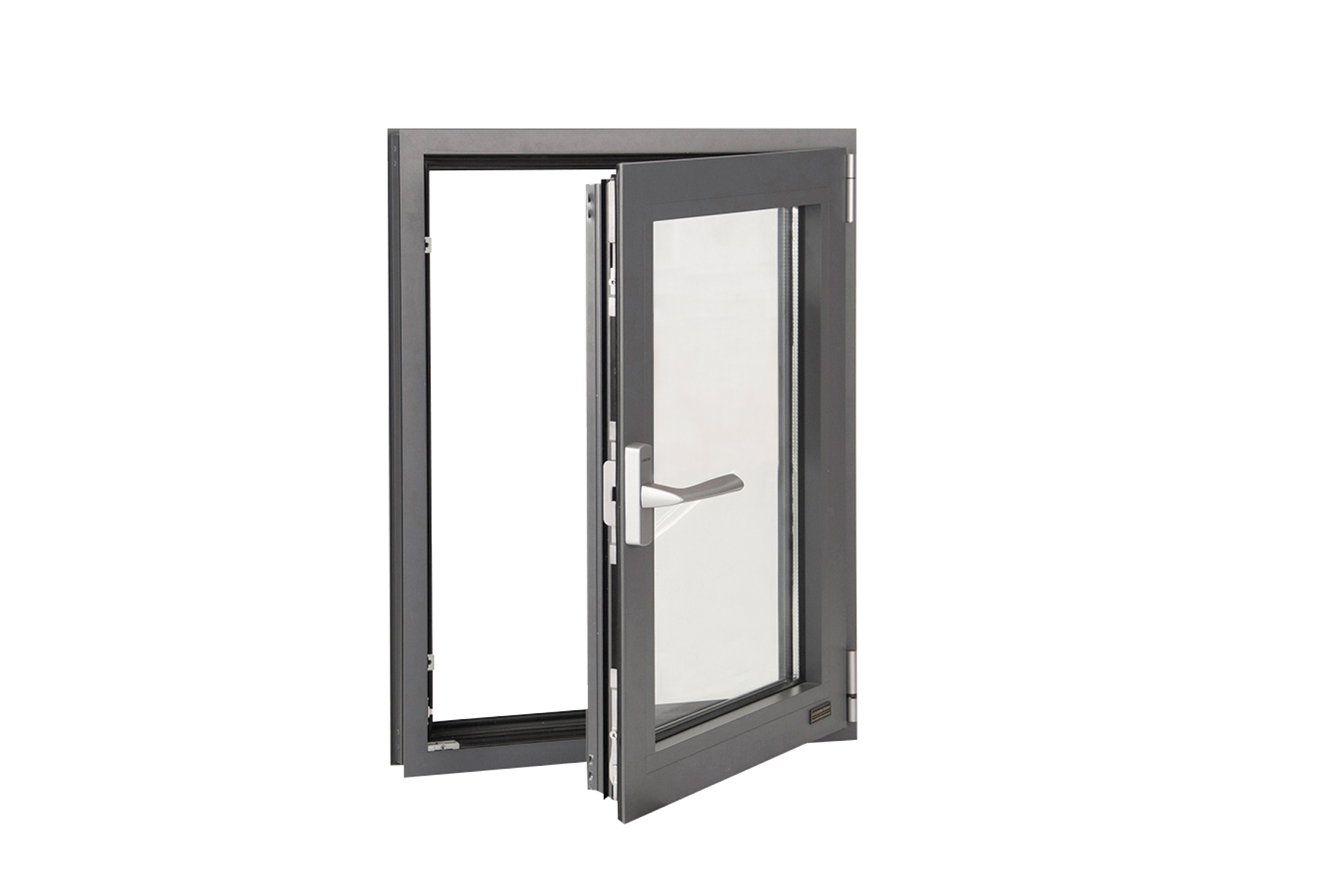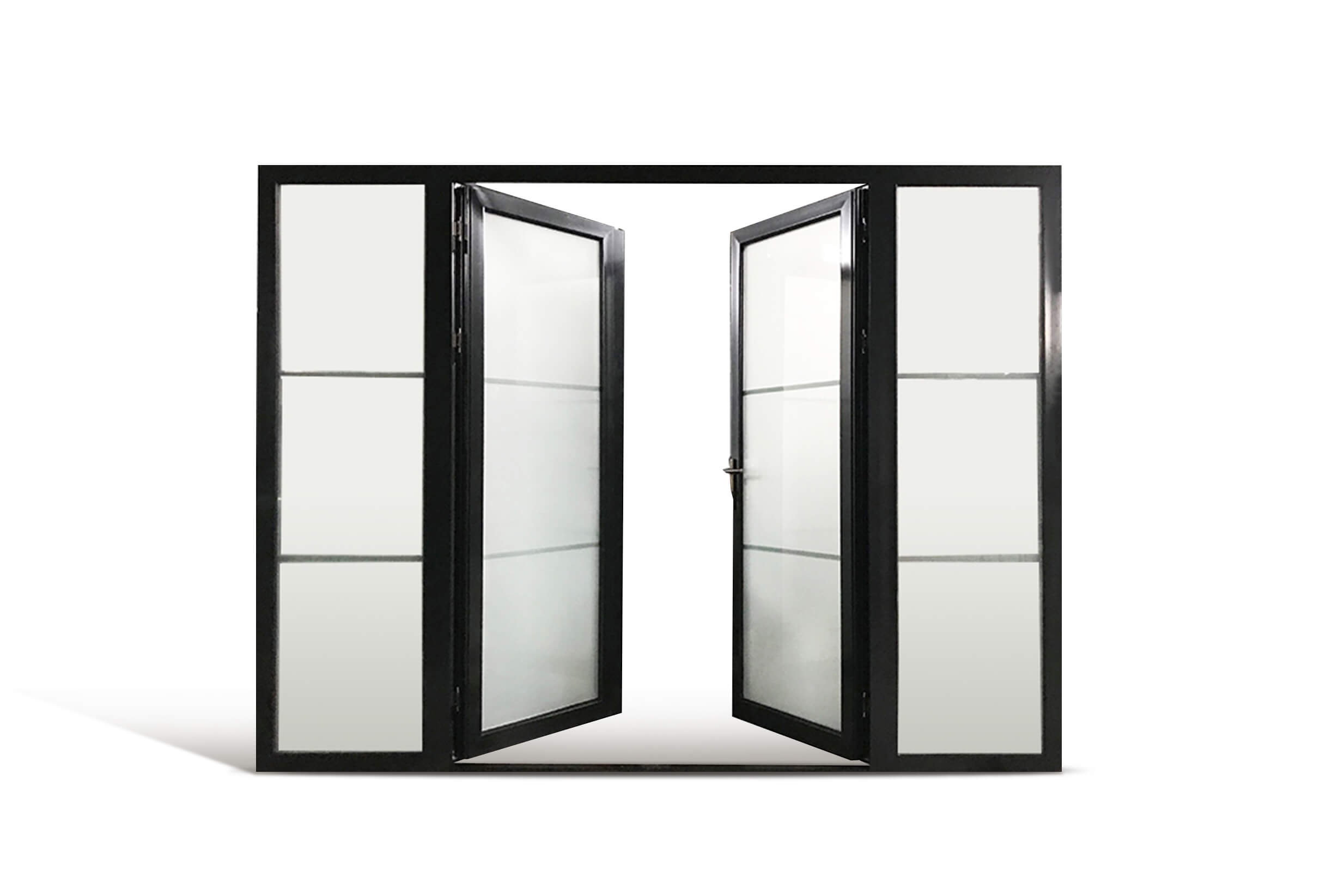Custom Barn Door Cost: Factors Affecting Prices and Tips for Budget-Friendly Options
In recent years, custom barn doors have gained tremendous popularity as a stylish and functional addition to any home. Not only do they add a touch of rustic charm, but they also offer practical solutions for space-saving and room partitioning needs. However, when considering a custom barn door installation, it's essential to understand the factors that can impact its cost. In this blog post, we'll explore various aspects that influence the price of custom barn doors and provide tips for finding budget-friendly options.
1. Material Selection
The type of material plays a significant role in determining the price of a custom barn door. Solid wood, such as oak or mahogany, tends to be more expensive than engineered wood or MDF (medium-density fiberboard). However, solid wood offers superior durability and an authentic, natural appeal.
If you are on a tight budget, consider opting for engineered wood or MDF doors with a wood veneer. They mimic the appearance of real wood while providing cost savings. Remember to balance your desired aesthetic with your budget to make an informed decision.
2. Design Complexity
The complexity of the barn door design can significantly impact the overall cost. Intricate patterns, carvings, or customizations will require more labor and time, resulting in higher prices. For those seeking cost-effective options, simpler panel designs or standard styles can offer a more affordable solution without compromising on quality.
3. Hardware and Accessories
Barn door hardware, including handles, hinges, and sliding mechanisms, adds to the total cost. The price of hardware varies based on the material, finish, and design. Premium materials like stainless steel or wrought iron tend to be more expensive but offer superior durability. It's crucial to strike a balance between quality and affordability when selecting hardware for your custom barn door.
Additionally, considering accessories like door pulls, locks, or decorative elements may affect the final price. Choose accessories that complement the style and functionality of your door while staying within your budget.
4. Size and Installation
The size of the custom barn door directly affects its cost. Larger doors require more materials and may require additional structural support during installation. Additionally, if you need a non-standard door size, customization costs may increase accordingly.
Professional installation is also a factor to consider. While DIY installation can save money, it's essential to assess your skills and expertise before attempting it yourself. Improper installation can result in damage to the door, the wall, or even personal injury. Hiring an experienced installer ensures proper fitting and minimizes any potential risks.
5. Bargain Hunting and DIY Options
For those on a tight budget, it's worth considering bargain hunting and DIY approaches. Hunt for sales, discounts, or second-hand options that meet your requirements. Salvaged or reclaimed barn doors offer a unique charm at a fraction of the cost of new doors.
If you're handy with tools and enjoy DIY projects, building your custom barn door can significantly reduce costs. Numerous online resources provide step-by-step instructions and guidance for constructing barn doors from scratch. However, ensure you have the necessary skills, tools, and time before embarking on a DIY project.
Conclusion
Custom barn doors can transform the appearance of any space while providing practical benefits. By considering factors such as material selection, design complexity, hardware choices, size, and installation, you can find a custom barn door that suits your budget without compromising on quality or style. Remember to explore different avenues, such as bargain hunting or DIY options, to get the most value for your money. So, whether you're seeking a traditional or contemporary look, custom barn doors offer an excellent option for enhancing the beauty and functionality of your home.
custom barn door cost

 Picture Windows
Picture Windows Single Double Hung Windows
Single Double Hung Windows Tilt & Turn Windows
Tilt & Turn Windows Sliding Windows
Sliding Windows Bi-Fold Windows
Bi-Fold Windows Gliding Patio Doors
Gliding Patio Doors Bi-Fold Doors
Bi-Fold Doors Lift and Slide
Lift and Slide  Entry Doors
Entry Doors Swinging Doors
Swinging Doors




.jpg)
.jpg)